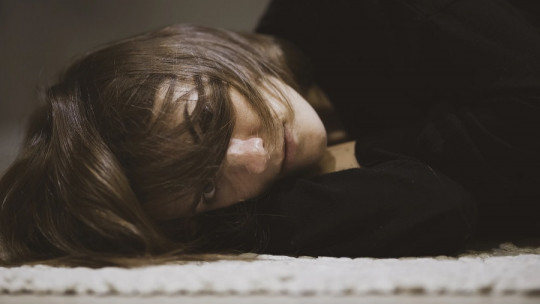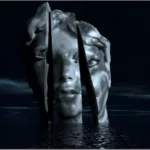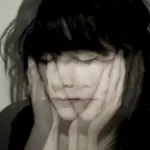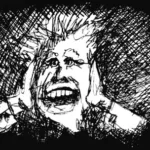
Psychotic disorders are disorders on the schizophrenia spectrum.
And among all the psychological disorders that exist, there are some that are capable of completely removing the person from the connection with reality and generating altered states of consciousness. These are psychotic disorders in which people who suffer from it completely leave their personality to become a completely different individual.
Main characteristics of psychotic disorders
Among the main characteristics of psychotic disorders we have delusions, hallucinations, disorganized thoughts, abnormal motor behavior and negative symptoms.
Delusions
The delusions are fixed and irrational beliefs that disturb the minds of people who suffer from it. There are different types of delusions such as:
Delusions can be extravagant when They lead us to believe in completely supernatural and impossible situations ; or not extravagant, when it comes to things that can happen in life, but that are not happening at the moment. A delusion can be distinguished from a firm belief by the degree to which the belief is maintained after the individual obtains evidence confirming its irrationality.

Hallucinations
Hallucinations are perceptions of the individual which appear without the presence of any stimulus, these are quite clear, such as normal perceptions.
It should be noted that hallucinations They are beyond the control of the person who suffers from them. Although hallucinations can occur in any sensory modality, auditory hallucinations are the most common among psychotic disorders.
In auditory hallucinations, individuals can hearing voices that are perceived as outside one’s own thinking. These hallucinations occur in an appropriate context of the level of consciousness, since those that occur during sleep are considered normal.
Disorganized thoughts
The concept of disorganized thoughts refers to when a person is unable to maintain a coherent conversation. That is, the person usually responds to the questions asked with a topic completely different from the one being discussed. Or, the person may move from one topic to another that is completely unrelated to the previous one, without any kind of warning. It can be quite difficult to have a conversation with a person who suffers from this type of problem.
Abnormal motor behavior
These can manifest themselves in different ways, from involuntary agitation to maintaining a rigid posture.
Negative symptoms
The negative symptoms of the most important psychotic disorders are diminished emotional expression, which refers to a decrease in the expression of emotions, and avolition, which is a decrease in activities carried out on one’s own initiative. These two are mainly associated with schizophrenia.
Among the negative symptoms we also find alogia, which consists of the reduction of speech. Anhedonia, which is the decreased ability to experience pleasure. Asociality, which is the lack of interest in social interactions.
Psychotic disorders
This is a brief summary of the psychotic disorders that exist.
1. Schizophreniform disorder
It has the same symptoms as schizophrenia, except impaired functioning. In addition, it lasts less than schizophrenia, since it lasts more than a day and subsides within a month.
2. Schizophrenia
It is characterized by a set of cognitive, behavioral, and emotional dysfunctions that extend for at least six months. In addition, the person lasts at least a month with the symptoms of the active phase.
3. Brief psychotic disorder
It is characterized by a disturbance in behavior that includes delusions, hallucinations, or disorganized speech.
4. Schizoaffective disorder
It is an interrupted period of illness through which the individual manifests manic depressive episodes.
- Related article: “Schizoaffective Disorder: causes, symptoms and treatment”
5. Substance-induced psychotic disorder
It refers to the manifestations of delusions or hallucinations due to the effect of substances whether drugs or medications.
6. Psychotic disorders due to another medical condition
It is the manifestation of delusions or hallucinations caused by the direct effects of a physical illness. According to the DSM-5, psychotic disorders are heterogeneous and the severity of the symptoms can predict important aspects of them, such as the degree of cognitive or neurobiological deficits.








